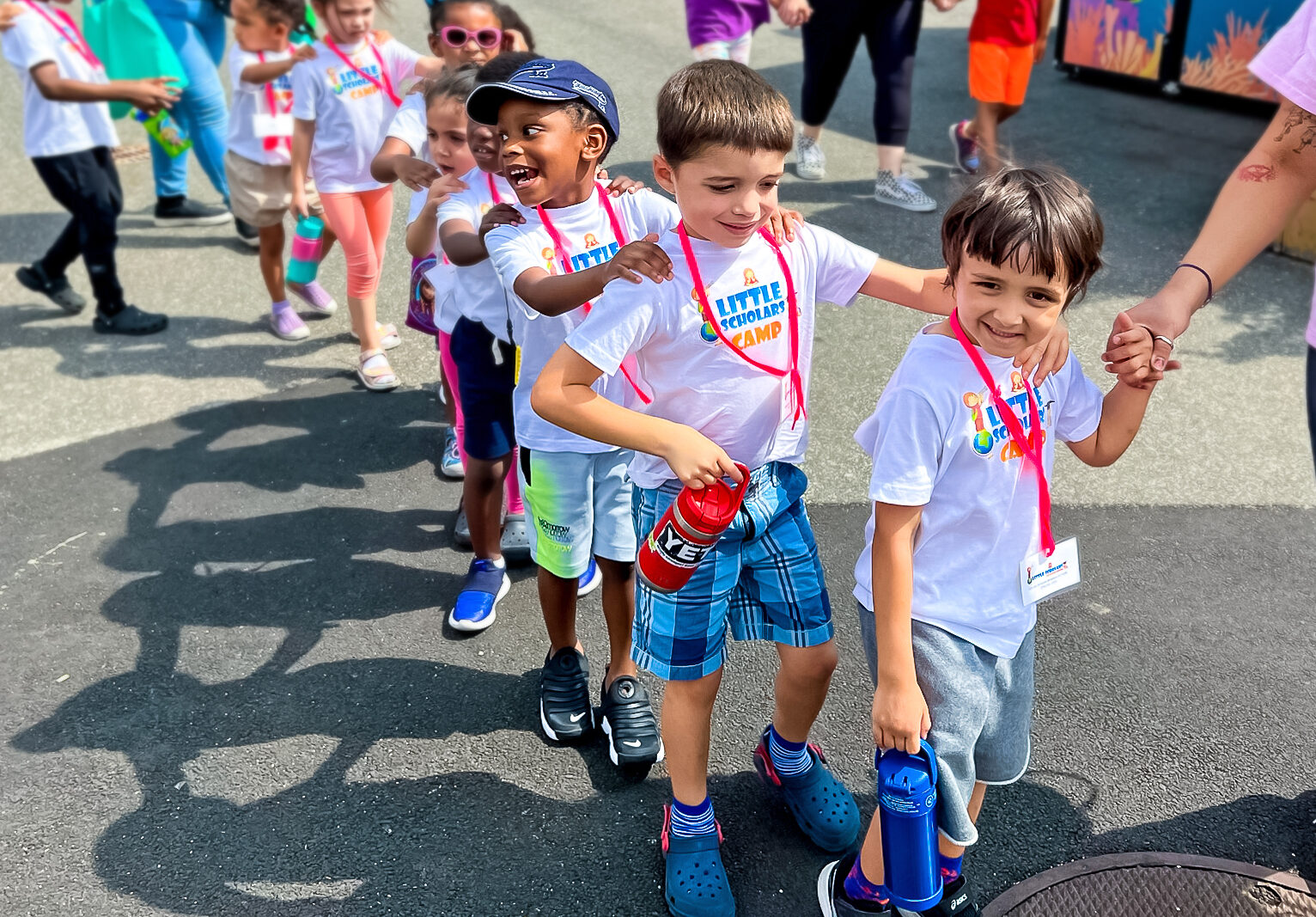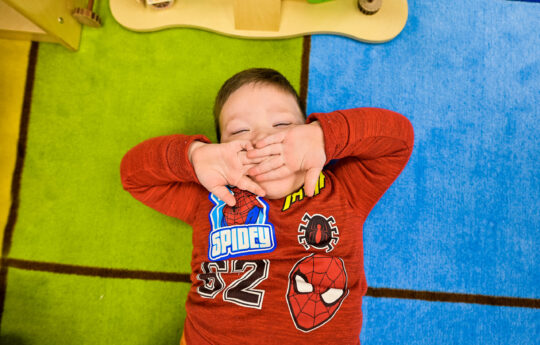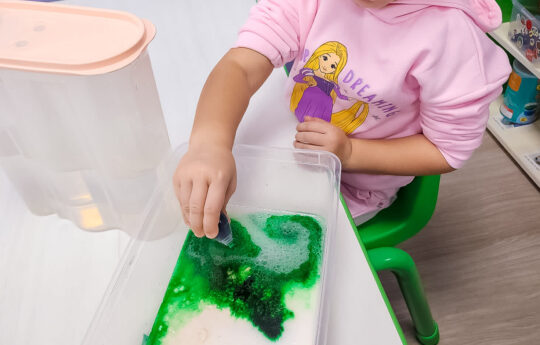
Our bodies can overheat in excessive heat, which is especially dangerous for young children. Therefore, during the hot season, it is advised that kids only spend time in the open sun in the morning – until 11 a.m. – and in the afternoon – starting at 4 p.m. The duration of such walks can gradually be increased from 3 to 5 minutes in the early days to 20-30 minutes later. For the remainder of the day, it’s best to be in the shade – beneath a canopy, awning, umbrella, or in the shade of trees. The result of a failure to observe these principles may be a child sunstroke so It is essential to recognize the following terms:
- Heatstroke is a condition caused by excessive body heat, which is accompanied by fever, sweating cessation, and loss of consciousness.
- Sunstroke refers to the same disorder and is a type of heat stroke caused by exposure to direct sunlight. The head overheats, causing blood vessels to widen and a significant flow of blood rushes to the head.
How Can We Prevent Heat Illness?
In the summer it is especially important to be aware of the dangers of UV radiation and the risks of heatstroke. You can protect yourself and your baby from heat illness by following these tips:
- Maintain a good water balance at all times. Make sure your baby always has drinking water at his disposal. Remember to remind your child to drink clean, room-temperature water.
- Dress your kids in light, natural-fiber clothing. Cover their head with a sun hat, cap, or handkerchief.
- If the temperature in the shade surpasses 82.4°F, it is not safe to be outside with children. Remember that children are very physically active and do not sit still, thus overheating and loss of water happen much faster.
- Don’t leave children in cars. Even with a window slightly open, vehicle interiors can reach hazardous temperatures quickly.
- Teach children to come inside, relax, and hydrate as soon as they feel hot.
The First Signs of Heatstroke
The signs of heatstroke are the same for children as they are for adults:
- behavioral changes (hyperactivity or drowsiness) – parents’ attention should be drawn quickly to the child’s improper behavior;
- blush on the cheeks and red spots on the body;
- decreased appetite;
- headache;
- nausea;
- vomiting;
- cramps.
If the severity of the symptoms worsens, the body temperature progressively rises, the skin becomes pale, dry, and heated, sweating ceases, and collapse and loss of consciousness occur. Note that in case of heat stroke, do not give your child medication or such drinks as a strong tea.
How to tell if a child has sunstroke? Early signs of sunstroke usually involve:
- severe headache,
- drowsiness,
- nausea,
- poor visual acuity,
- blushing,
- fever,
- shortness of breath,
- palpitations.
These symptoms are followed by – loss of consciousness, delusions, hallucinations, and a slower heart rate.
Babies under the age of one can express signs such as outbursts, excessive weeping, and restless shaking of the head that indicates a headache.
Symptoms vary from person to person, so be careful and call emergency services if you suspect heat or sunstroke signs. However, nosebleeds are another common symptom kids may have when experiencing heat strokes. This condition needs an immediate response and treatment, as child heatstroke necessitates long-term rehabilitation (up to several weeks).
First Aid for Heatstroke for a Child
The first aid for heatstroke in a child is to eliminate the effects of heat. It is necessary to move the child to a shaded area or a cool room, lay horizontally, undress, and cover their head with a towel soaked in cold water. Ensure the inflow of fresh air. If a child loses consciousness, place garments or a towel beneath his or her ankles. This improves blood flow to the brain. And call an ambulance!
Heatstroke is characterized by excessive sweating, which causes the body to lose a substantial quantity of fluid and electrolytes. As a result, a child suffering from heatstroke should be supplied with water. Water should be provided often and in little amounts.
It is also critical to understand what not to do in the case of heat illness. Correct first aid for sunstroke should not include sprays and ointments containing benzocaine (an anesthetic) to treat sunburn since they might cause irritation and allergic responses on the child’s skin. Sunburned skin should not be moisturized with alcohol-containing products, since this may further harm the skin and hinder recovery. Accelerated cooling methods are absolutely banned. Do not immerse a child in cold water or place them in the pond. The temperature of the water used for wiping and spraying should not be more than 68°F.
How to Prevent Dehydration for a Child
Dehydration in children occurs due to a decrease in body water with impaired water-salt metabolism. Children are more vulnerable to fluid loss than adults, especially at a young age. The cause of dehydration may be sweating at high body temperature, heat or sunstroke, and more. The first signs of dehydration are thirst, slow body motions, redness of the skin, drowsiness, heart rate increase, increase in body temperature, nausea, and gastrointestinal disorders.



